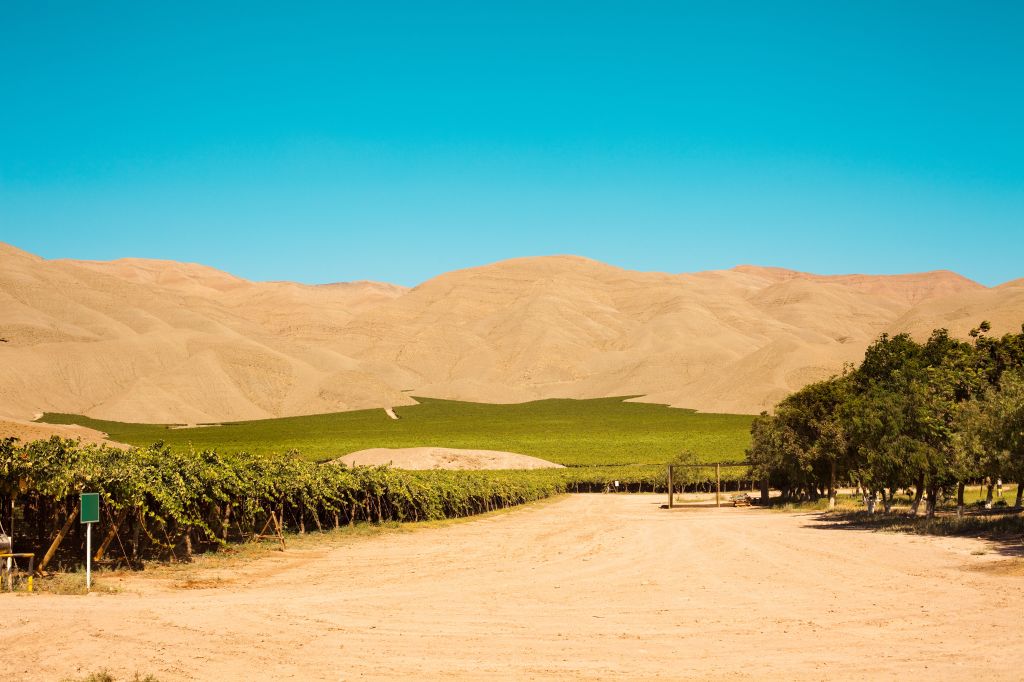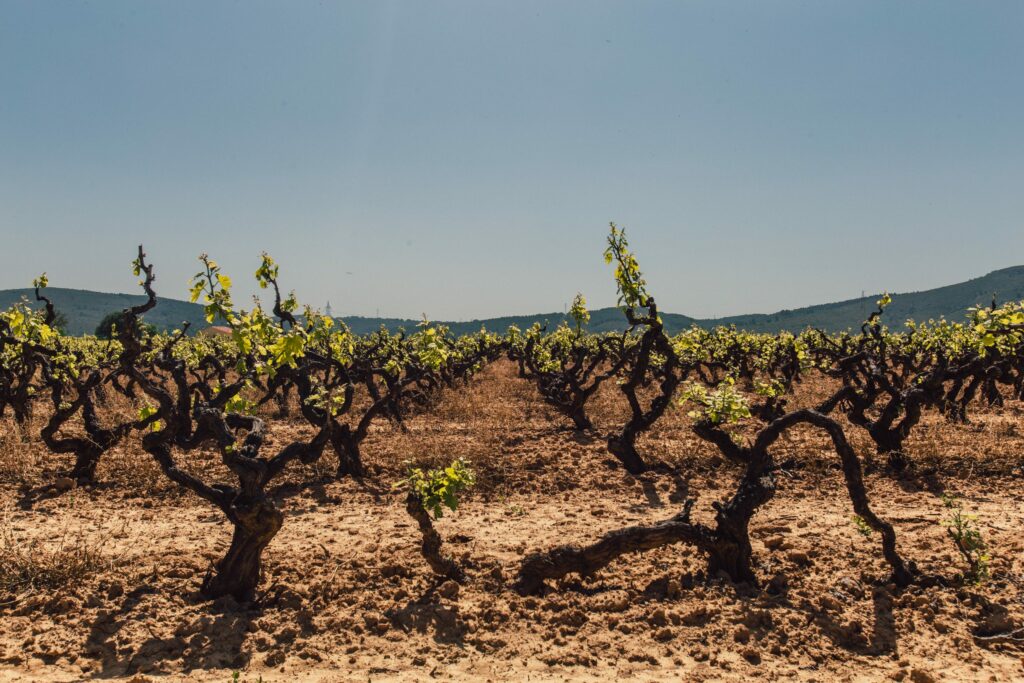The desert vineyards are intriguing for their ability to produce wine under difficult conditions. The arid climate imposes intense heat, drought and wide temperature ranges. However, some winegrowers turn these constraints into assets thanks to extreme viticulture.
If you're interested in wine-related articles, download our app for IOS or Android. It will give you access to our wine lexicon, our articles and our innovative solution, designed for all wine consumers and collectors.
The particularities of arid climates for vines
The arid climate is characterized by low rainfall and constant sunshine. High daytime temperatures accelerate grape ripening. Cool nights preserve acidity and aromatic balance. This combination favors the concentration of sugar and flavor. A deserted vineyard thus benefits from optimal ripening, but requires precise water management.
Emblematic regions of desert vineyards

Desert vineyards can be found in California, Chile, Israel and parts of Australia. The Atacama Desert in Chile is a perfect example of this extreme viticulture. Here, winemakers use altitude to compensate for the heat. In Israel, plantations in the Negev combine irrigation with resistant grape varieties. These areas demonstrate that an arid climate is no bar to quality.
Choosing resistant grape varieties
A resistant grape variety is better able to withstand drought and heat. Grenache, Syrah or Mourvèdre adapt perfectly to a desert vineyard. These varieties have deep roots capable of seeking water at great depths. White grape varieties such as Chenin Blanc and Viognier also perform well in arid climates.
Irrigation techniques in extreme viticulture
Extreme viticulture often relies on controlled irrigation. Drip irrigation brings water directly to the roots. This method limits waste and conserves resources. In some desert vineyards, irrigation uses water from underground aquifers or high-altitude springs. Precise watering is essential for final quality.
The impact of desert soil on wine

Desert vineyards develop on poor soils, often sandy or stony. This type of soil quickly drains water and limits vine vigor. The result is more concentrated grapes. The arid climate and poor soils produce powerful, aromatic wines.
The advantages of desert vineyards
Deserted vineyards benefit from low disease pressure. The lack of humidity reduces the risk of mildew and powdery mildew. Berries ripen in a healthy environment, facilitating extreme viticulture. What's more, the absence of insect pests in certain areas limits the use of chemicals.
The challenges of extreme viticulture in arid climates
The main difficulty remains access to water. A resistant grape variety reduces the need, but irrigation remains indispensable. Wind and sand can damage leaves and bunches. Winemakers must also protect young plants from dehydration. Extreme viticulture therefore requires constant monitoring.
Influence on wine style
Wines from desert vineyards are distinguished by their aromatic intensity. The arid climate accentuates notes of ripe fruit and spices. The reds have powerful tannins and good structure. Whites, though rare, offer richness and roundness, often balanced by a surprising freshness.
Innovation for desert vineyards
Research is developing new, even more economical irrigation systems. Drones are used to monitor vines and optimize interventions. Experiments on new resistant grape varieties aim to improve adaptation to the arid climate. This extreme viticulture combines tradition and technology to ensure its sustainability.
A promising future despite constraints
Desert vineyards represent an opportunity to extend wine production to new regions. Water management and the choice of resistant grape varieties remain the keys to success. The arid climate becomes an asset for producing distinctive wines. Extreme viticulture demonstrates that even the most hostile environments can produce remarkable vintages.
If you enjoyed this article, please read the following article "How to transport wine without damaging it"which may also be of interest to you!





